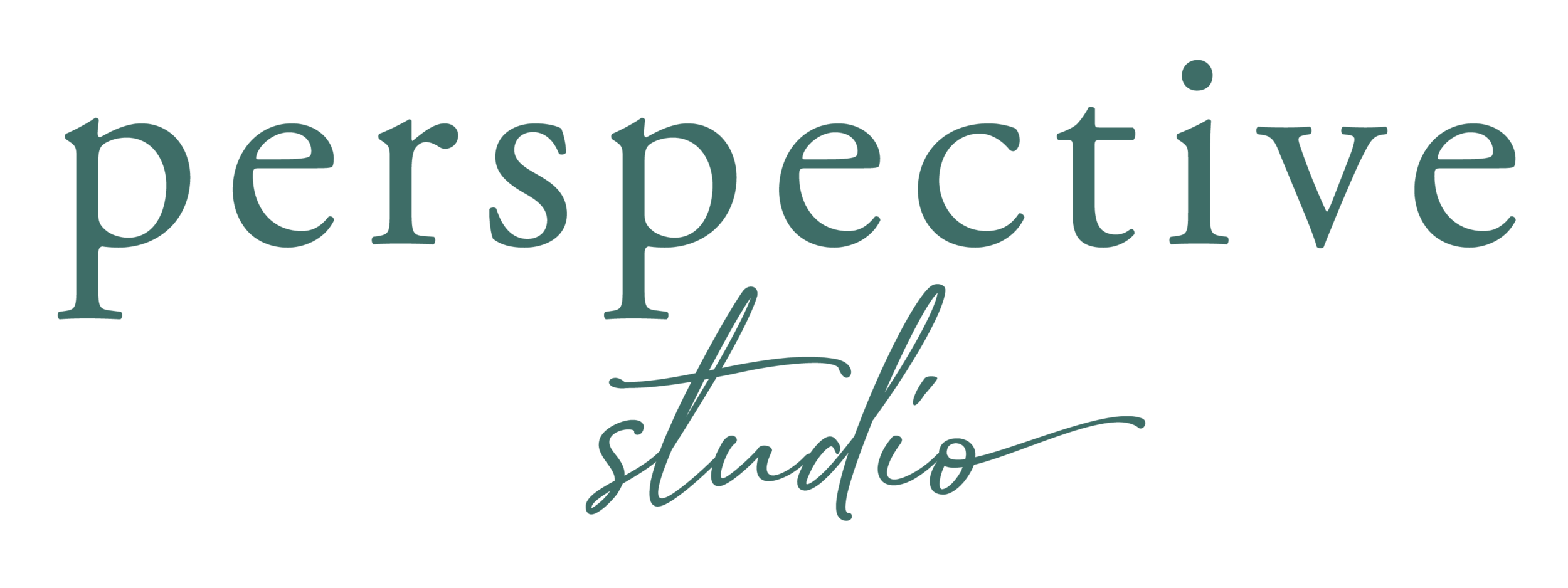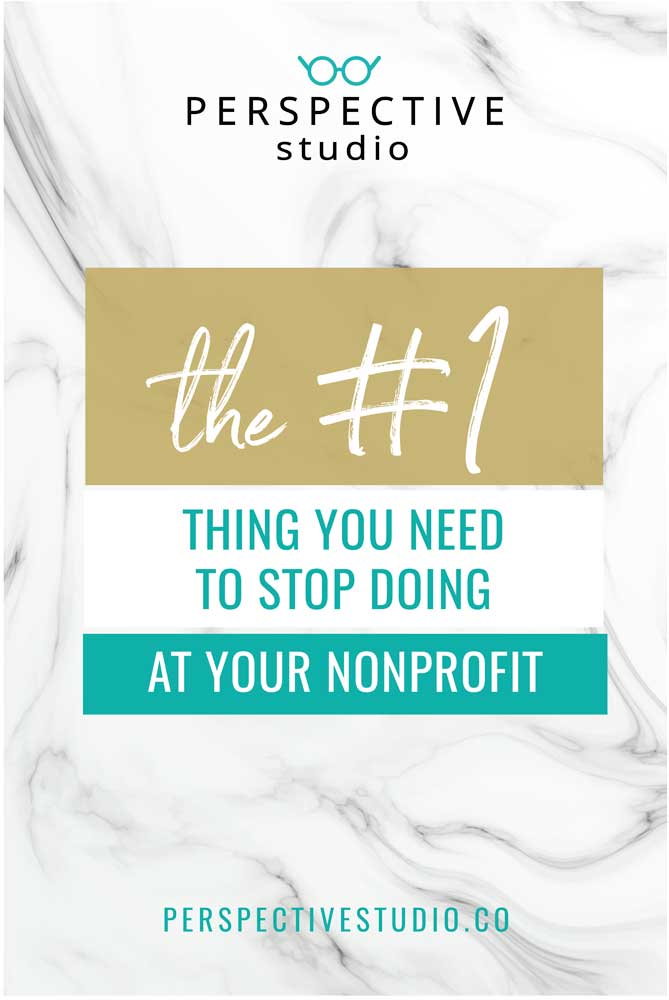The #1 Thing You Need to Stop Doing at Your Nonprofit
Maybe you’ve been there too. An organization or company peaks your interest, so you visit their website. Upon looking at the homepage for about 20 seconds, you think to yourself, wait... what?
You poke around for a few seconds more, and you still can’t figure out exactly what they do or what they sell.
Do you end up staying on this page for very long? Probably not.
If you’re going to make my brain work that hard to figure out what you do, I’m clicking out! I have too many other things fighting for real estate in my limited brain space.
But I can’t tell you how many times I’ve come across websites, particularly nonprofits, in which I actually cannot figure out exactly what they do. It may be obvious to those who work at the organization, but for the rest of us, we don’t have the benefit of that insider knowledge. Yeah, you should pretty much assume we are dummies when it comes to whatever field of work you are in, or whatever cause you are fighting for.
Common sense? You would think, but actually, surprisingly it’s not. Ladies and gentlemen, I present to you, the number one thing you need to stop doing at your nonprofit and on your website:
Stop confusing your audience.
#boom (is that still a thing?:)
Now how are we guilty of doing this usually? Here are two areas we can work on improving.
#1 Refrain from using broad “typically nonprofit” terms
If you’ve been in the nonprofit world for awhile, you know exactly the words I’m referring to. Words such as impact, holistic, community, transform, approach, uplift, empower, engage, hand-up… the list goes on. Now, don’t get me wrong, these can be powerful words and I’m not saying you shouldn’t use them at all; there’s a reason why they are used so much. What I am saying is, after they have been used and used and used, they risk losing their “umph.” And if you’re trying to stand out from a million other nonprofits vying for the attention of potential donors, you want to be as clear and powerful as possible.
I used to write stories and blogs for a nonprofit I formerly worked for. I can remember very clearly, after writing my first drafts of stories, I would sometimes go back through and count how many times I naturally used words like “empower,” and “transform,” over and over again. Did I edit them all out? No, I would leave one or two in there, but it gave me a chance to replace some of them with more specific details of the situation I was trying to describe or portray, giving my audience more clarity and context.
Let me give you an example. If you go to a nonprofit website, and they say something like, “We equip and empower young people across Latin America to engage in their communities in a holistic way.”
Does that sound bad? Not necessarily. But does it pack a punch, make an urgent call, or inspire people to get on board? Probably not. Furthermore, it still leaves me asking, “wait, but what exactly do you do?”
Rather, what if we got more specific and said something like, “We provide mental health resources to young people in Latin America, empowering them to lead healthier lifestyles and make positive contributions to their communities.”
Notice, it even still uses the word “empower,” but “empower” is put into more context in the second example. Yes, it’s a few words longer, but rather add a few words to get more specific, than have a few vague words leaving your audience confused.
#2 Stop using insider lingo
Have you ever been at a dinner table, with a group of people who all have some kind of expertise in a certain field, except you? Maybe it’s a group of doctors or nurses, or maybe a group of engineers, or football coaches/players. Whatever it may be, you can sit back and not say a word, as the rest of the group throws around terms you have never heard before, for the entire dinner.
It’s not a fun experience, and you leave feeling confused and wondering if you contributed anything meaningful to the conversation.
In the nonprofit world, we are all guilty of this, even on our websites! We’ve been fighting this cause, or running this program for so long, that we start using insider terms without even realizing it. We may use phrases such as “infant rewards program,” “stage 2 journey,” “business experience course,” “gini coefficient,” or whatever it may be. Whether it’s a term used in your field in general, or a term specific to your organization, always assume your audience has no idea what you’re talking about.
If your client is on stage two of their journey from addition, or an entrepreneur attended a business experience course, or you use cognitive behavioral therapy with young people, assume you will always need to expound to enlighten new audience members as to what those are. They may seem like givens to you, and you may use them a thousand times a day, but your audience most likely has none of that insider knowledge.
I always joke that some of the previous nonprofits I worked for branded me! After awhile, I began talking like them, acting like them and using all the specific terms and acronyms in whatever field of work we were in, without even realizing it. But when I first joined, I had no idea what any of those terms meant. In fact, I thought I would never learn, it felt so overwhelming!
Don’t overwhelm or confuse your audience. They most likely have no idea what it takes to build a well in Ethiopia, or rescue a sex slave in India. They don’t know the exact process a drug addict goes through to get clean. They don’t know your program names and how they help struggling entrepreneurs. Guide them, each step of the way, with clear, concise and powerful messaging.







When you get an email in your inbox from a mom (who is also a friend) asking for a website design for our very own local “Charlie and the Chocolate Factory”, you say yes!
Better yet, when it’s a business owned by a 6 and 8 year old, how can you pass that up?